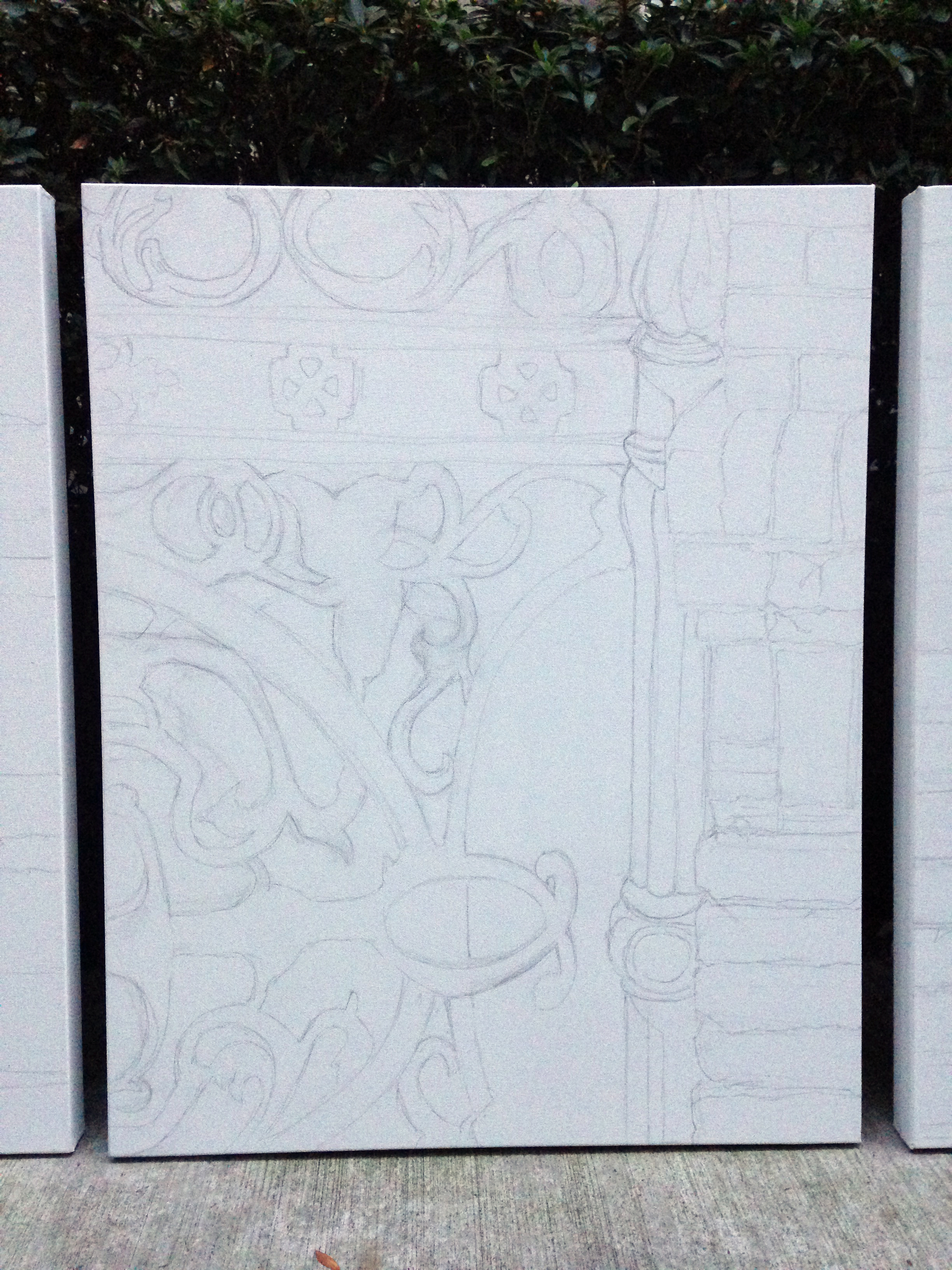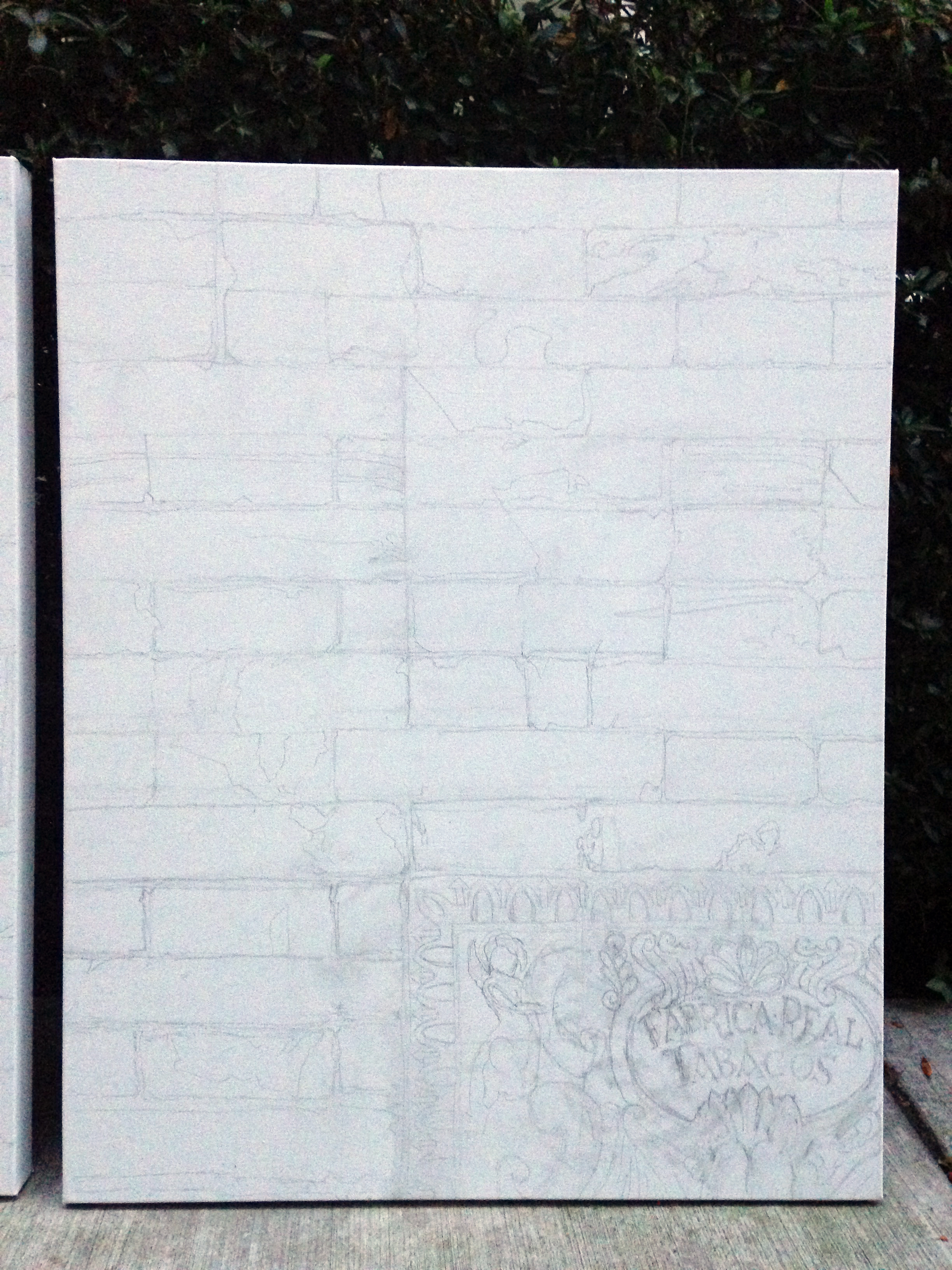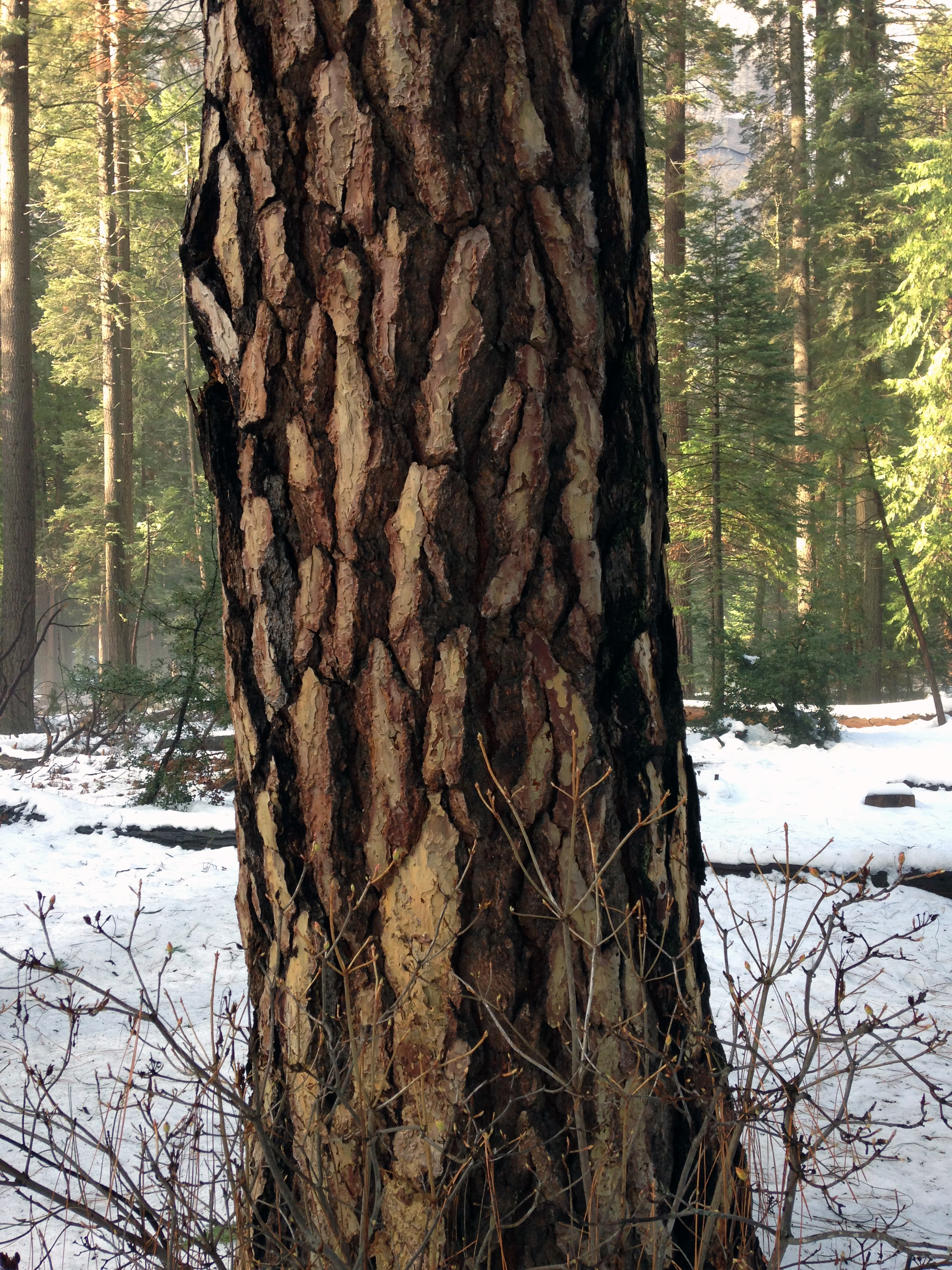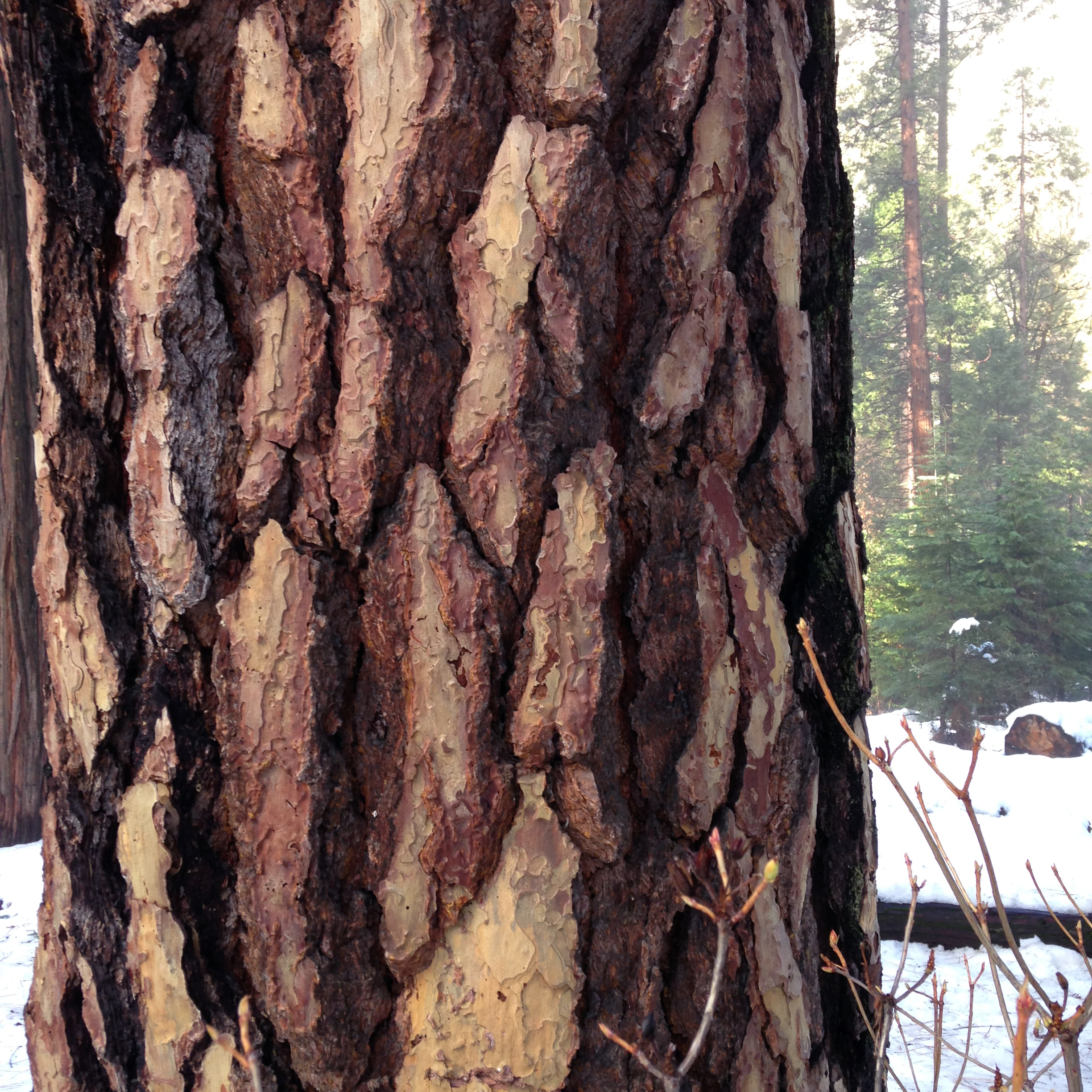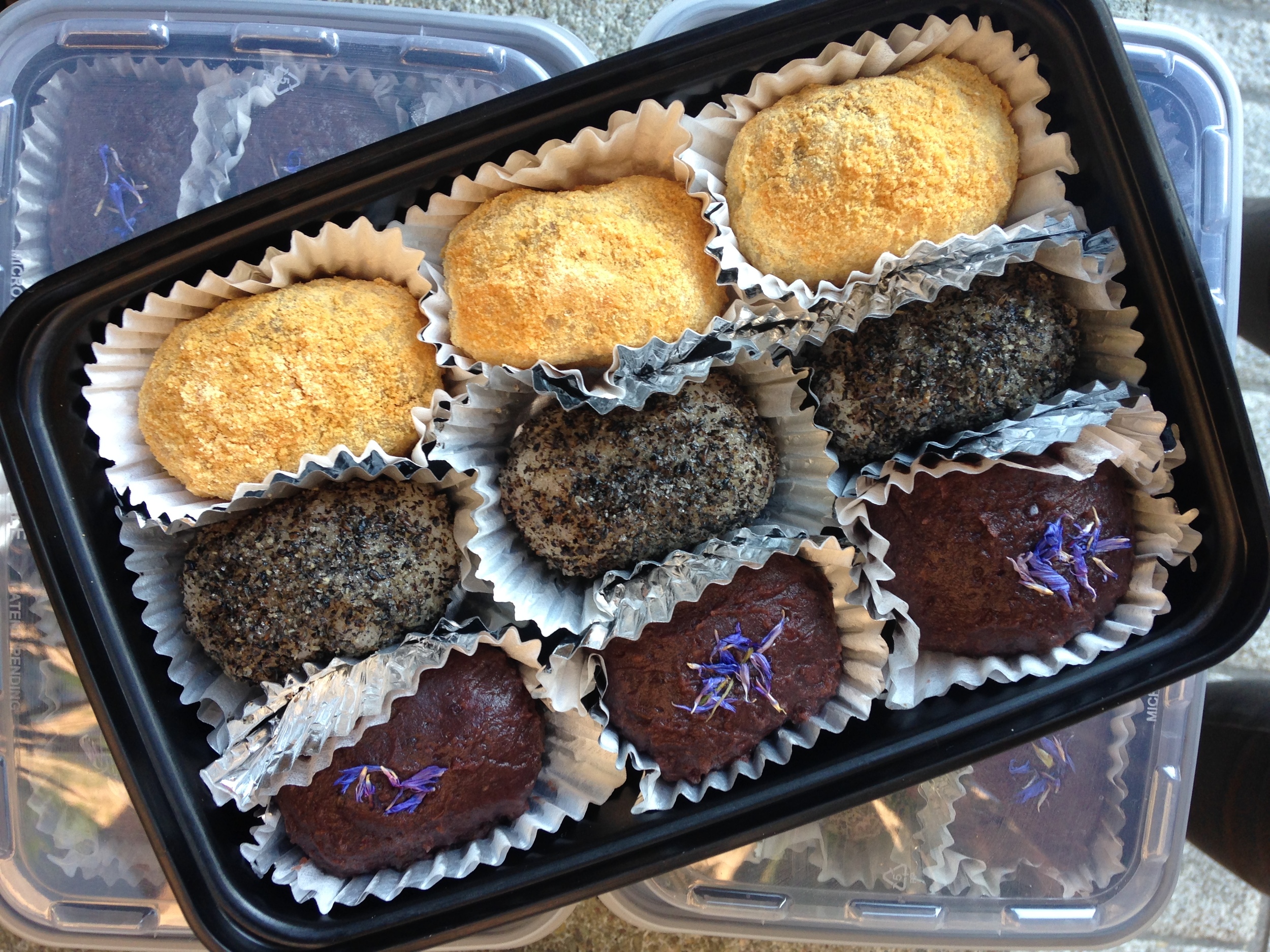The sunrise this morning took my breath away. (I mean I actually forgot to breathe...) I chose not to photograph it because my iPhone camera couldn't possibly do a vast expanse of color wash in the sky any sort of appropriate justice!
Anyways, back on topic: my solo field trip. Sunday was the last day of "Looking East" at the Asian Art Museum about how Japanese art influenced western artists like Monet, Van Gogh, and others. It was also the week of SuperBowl City so SF was extra busy. I went to work extra early to get off in time to make it before the 5pm closing time at the museum. I really wish museums had hours outside of 10am-5pm so they would be more accessible to working people. To be fair, some are adding an evening event day including the Asian art museum (but only during warmer seasons?)
Clearly thrilled about starting the exhibit and my audio guide... I didn't notice that "Asian" lanyard until I saw the photo later— maybe not the best choice for a lanyard label. I assume they were thinking "deYoung" or another one-word museum name, but in this case "AAM" or "Asian Art Museum" probably would have been better.
Since Japan had an isolation policy for 200 years, when it was opened to the West in mid-1850s, there was a huge influx of Japanese art and craft in the West. In many ways the goods were used out of context, like a formal kimono becoming a sexy lounging gown with a plunging neckline.
This topic —the love of Japanese things in the 19th century—is well-studied and is called Japonisme. Since the east to west study is so common, for my Japanese Saint painting series, I took the opposite approach and used western art compositions for my Japanese ink paintings. Perhaps I keep coming back to this topic in some way or another because I relate with it. For grad school, I studied the Japan-Europe interaction (mostly focusing on Catholicism) before the seclusion, about 3 centuries earlier. I'm somewhat caught in between, tied to both but can't clearly define which culture influenced what part of me.
And now I'm a translator/Japanese copywriter working on making an American brand successful in Japan.
The exhibit was interesting, pointing out how Japanese art compositions at the time were very different than western paintings. Van Gogh painted the most directly from the woodblock prints, replicating them with oil paints and his unique Van Gogh hand. Other artists like Monet were less direct, like Monet's Japanese garden with the bridge or his haystack series looking like prints of Japanese rest stops (top right two drawings below)
Quick sketches while looking around
I wish I had more than 1 hour but I'm really glad I got that one hour! It's inspiring and refreshing to see different perspectives through artists and history. It never gets old.
Happy Friday!



